You can trust Cyclingnews
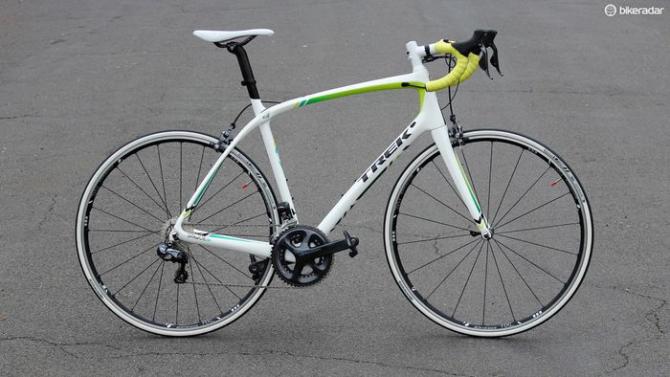
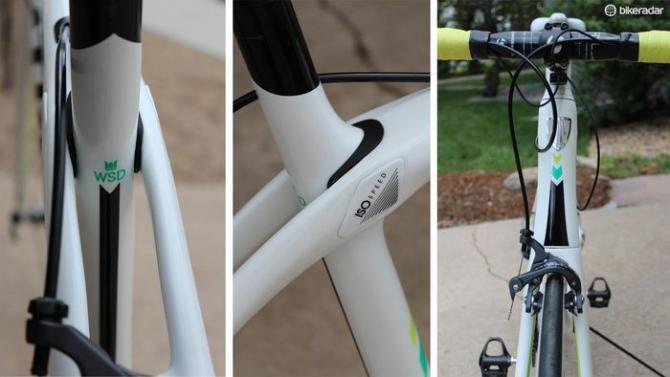
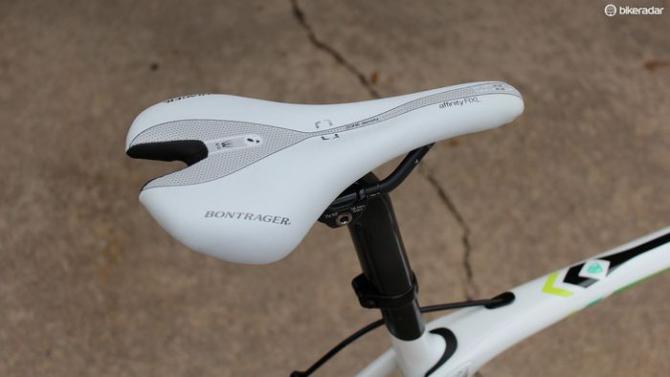
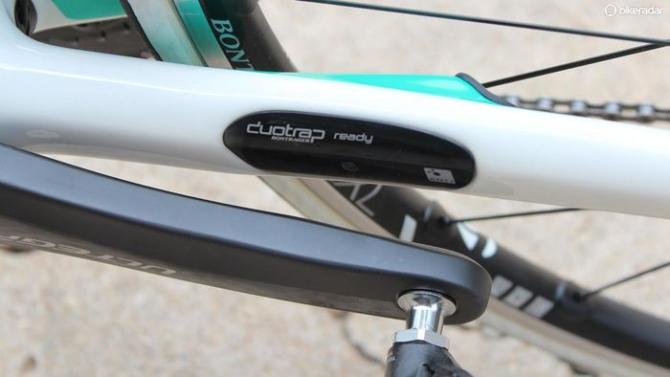
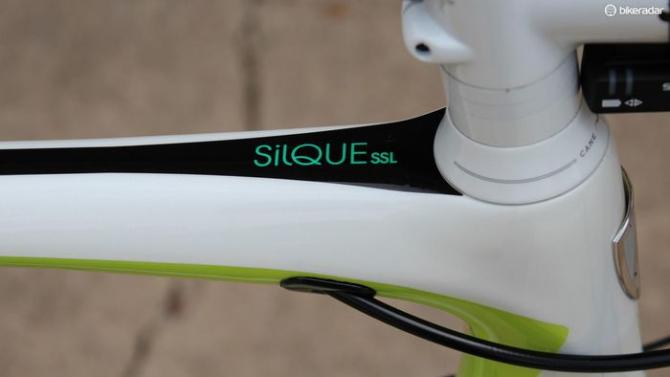
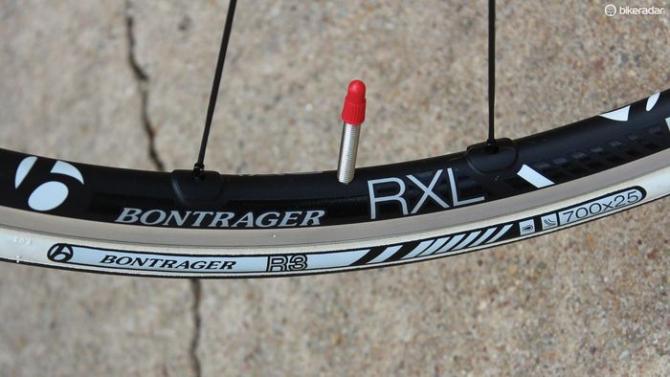
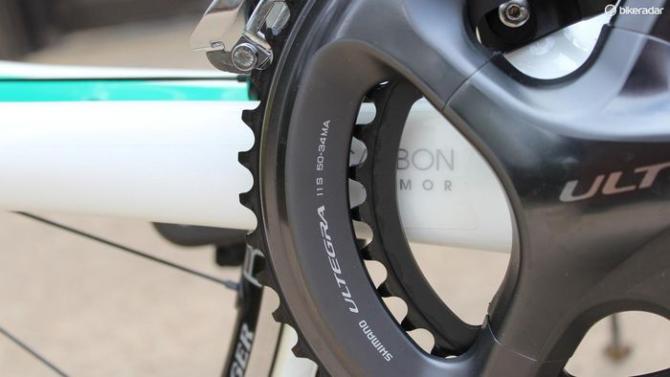
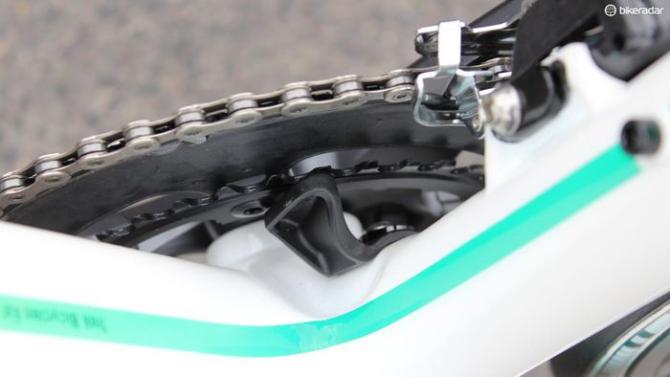
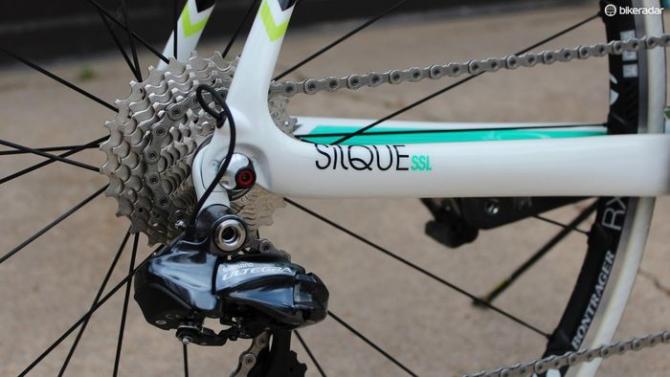
This article originally appeared on BikeRadar
Trek's new women's specific Silque endurance road bike is designed to make long rides more comfortable without sacrificing function and efficiency. The Silque borrows ideas from Trek's successful men's endurance line, while establishing new geometries to fit more women. With good attention to detail, the Silque looks an ideal pick for women who want a ride that majors in comfort.
Trek, however, is loath to pigeonhole the Silque as an endurance bike, describing it instead as “the carbon road bike for women who love to ride”. But with the female-specific Madone and Émonda, Trek already has two women's performance bikes designed for racing. So where does the Silque fit in?
To answer this question we tested the new bike on every type of road and terrain we could find – on smoothly paved roads and bumpy dirt paths, on straight flat boulevards, up steep climbs and down winding descents – to coax out its true nature.
- Highs: Smooth and comfortable ride with awesome attention to detail
- Lows: Tall head tube means it's difficult to achieve a large drop to handlebars
- Buy if: You want a supremely comfortable bike with a more upright riding position
Ride and handling: stable, responsive and comfortable – but upright
Trek says the Silque was designed to be more lively than a Domane (endurance bike) and smoother than a Madone (race bike). But its geometry definitely tips more toward the former. It has a longer wheelbase to increase stability, a shorter seat tube for more standover and a taller stack to keep the rider more comfortable on long rides.
The Silque also employs Trek's IsoSpeed Decoupler, which acts as a tiny built-in suspension system by enabling the seat tube to move independently from the top tube and seatstay junction. The IsoSpeed Decoupler eats up small bumps and cracks in the road, creating one of the smoothest rides we've experienced from any road bike.
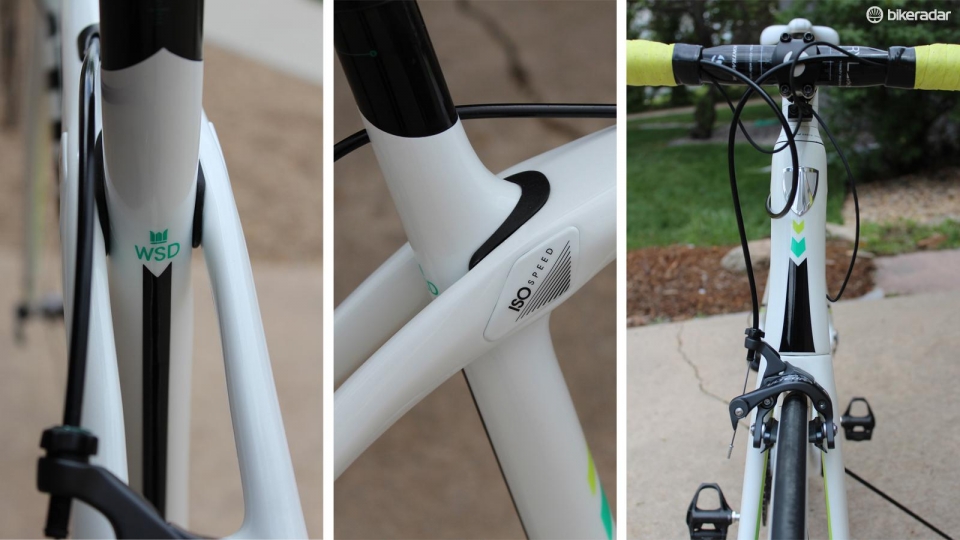
The Silque comes with a flexible IsoSpeed junction at the rear – and a tall head tube up front
The Silque performed impressively well on rough dirt roads, leaving us feeling fresher and more relaxed at the end of each ride. We really liked the bike's longer wheelbase (99.8cm) too, which helps it feel stable and smooth, especially through corners.
Yet this silky (Silque-y?) character does nothing to diminish the Trek's efficiency. In theory, the longer wheelbase should slow down the responsiveness of the bike. But the combination of increased stability and a smoother ride keeps the bike from jumping around at high speeds, meaning it's actually easier to get through corners faster. Out-of-saddle sprints, meanwhile, feel just as lively on the Silque as they do on this tester's personal race-specific bike.
On a less positive note, the taller stack (59.2cm) and head tube length (19.3cm) are perhaps a little excessive. If you're also a rider who prefers an aggressively race-tuned stance, you'll feel like a sail out in the wind when riding up on the bars – and even down in the drops didn't feel much better. That said, for cyclists who are more concerned with a comfortable ride than racing or aerodynamics, who have flexibility issues, or who benefit from a more upright position, the Silque is an unreservedly great option.
Frame: size-specific design
The archaic age of painting men's bikes pink and calling them female-specific designs is – thankfully – finally behind us. More and more bikes are designed from the ground up to cater to women of all sizes.
Trek focused on size specific bike tuning, carbon choice, and geometry when developing the Silque. It looked at how men and women differ and what key changes women's bikes needed.
Its research found that men tend to weigh more than women of the same bike size and produce higher power numbers than their female counterparts. While this may not seem like groundbreaking news to most of us, it is an important factor can be overlooked by bike designers, resulting in women's bikes being built to the same stiffness standards as men's – despite women's generally lower power output numbers – making them more rigid and less comfortable than they need to be.
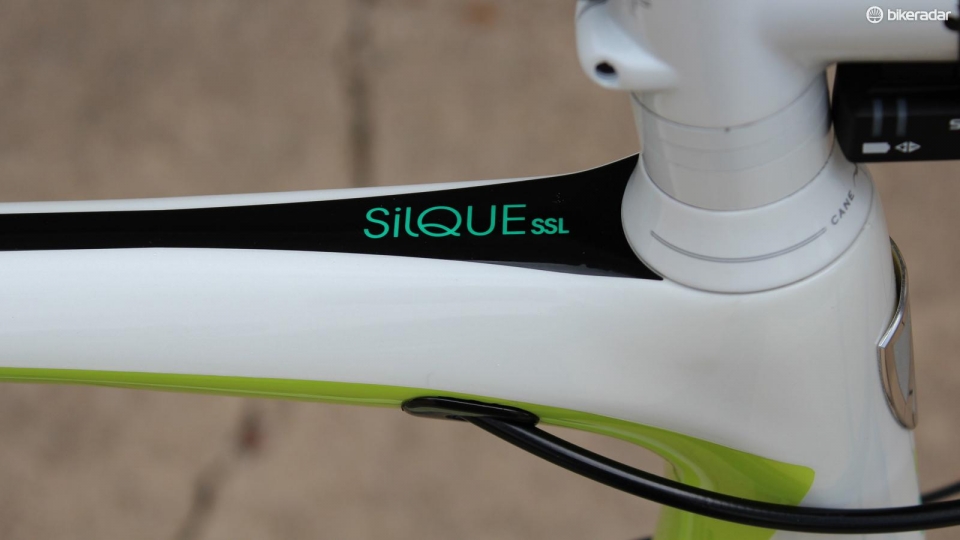
Trek claims the Silque combines the Domane's comfort with some of the race features of the Madone – we found it leans towards the former
A good friend of BikeRadar's, an experienced cyclist who rides a 48cm bike, confirmed the stiffness issues that plague smaller rides. One bike she owns was built with size-specific layups and is extremely comfortable yet stiff enough for her most explosive efforts. Another was originally designed as a larger bike, with the tube lengths subsequently being reduced. This bike is beyond stiff and she noted that the bike is almost unrideable on bumpy or loose roads.
Each frame size of the Silque has been designed and custom tuned around the power output and weight for the intended female rider – something that smaller women will surely appreciate.
Kit: strong attention to detail
As with the frame design, the Silque's spec is full of thoughtful details that help make the bike a pleasure to ride. At first glance, it's a gorgeous machine. With a white stem to match the frame and lime green handlebar tape to compliment the green paint, the whole look of the Silque is understated and elegant.
The Silque SSL we tested comes stock with 11-speed Shimano Ultegra Di2. It was this tester's first time riding with electronic gears, and the speed of each shift immediately impressed – pushing the button to change gear produced an instantaneous response.
While some might criticize Trek for equipping its top-line women's bike with Ultegra Di2 rather than Dura-Ace like the men's bikes, we applaud this decision, given that it delivers the same shifting quality for a modest weight penalty – but a significant cost saving.
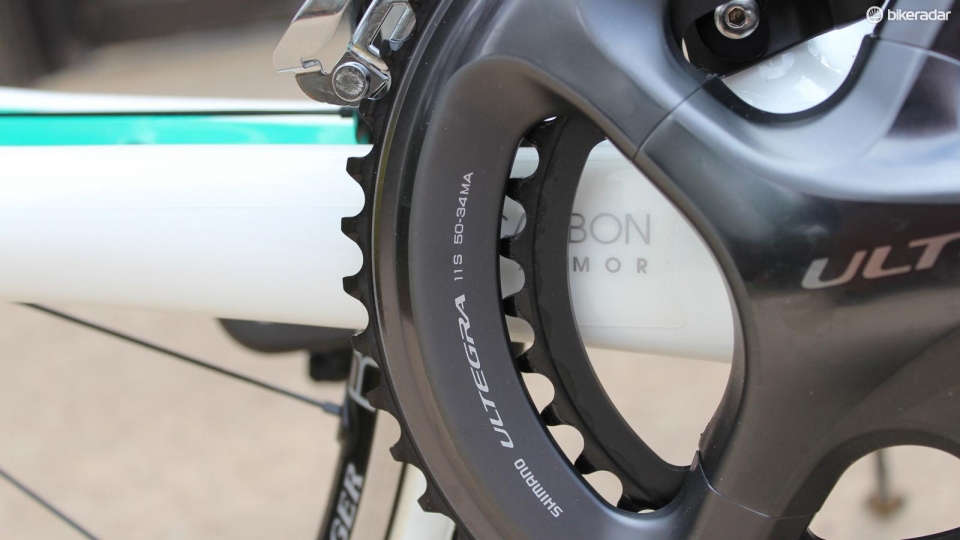
A compact 50/34-tooth Shimano Ultegra crankset comes on the top model
Wires are neatly and internally routed, with the battery hidden in the seat tube – it's easy to charge by plugging the included charger into the junction located under the stem. The Silque's integration makes using Di2 less intimidating for the novice and keeps the lines of the bike clear from distraction.
To combat uncomfortable, numbing road buzz, Trek has fitted the bike with Bontrager's RXL IsoZone handlebar. IsoZone pads are integrated into the bar and are easy to overlook at first, as the bike arrived with bar tape installed. But at the end of a long ride or after an especially bumpy road when our hands would usually be killing us, we felt great.
The 3S chain keeper, mounted directly to the Silque's frame, was an additional source of comfort on rough surfaces. We didn't have a single chain drop throughout the months of riding the Silque, even when tackling corrugated dirt roads.
One other small detail that we found made a big difference is the DuoTrap computer sensor. Found in the chainstay, the DuoTrap collects and wirelessly transmits riding data – including speed, distance, and cadence – to all major ANT+ computers. (With such a good-looking bike it would be a shame to mess it up with wires and zip ties fastening chunky equipment to the frame.)
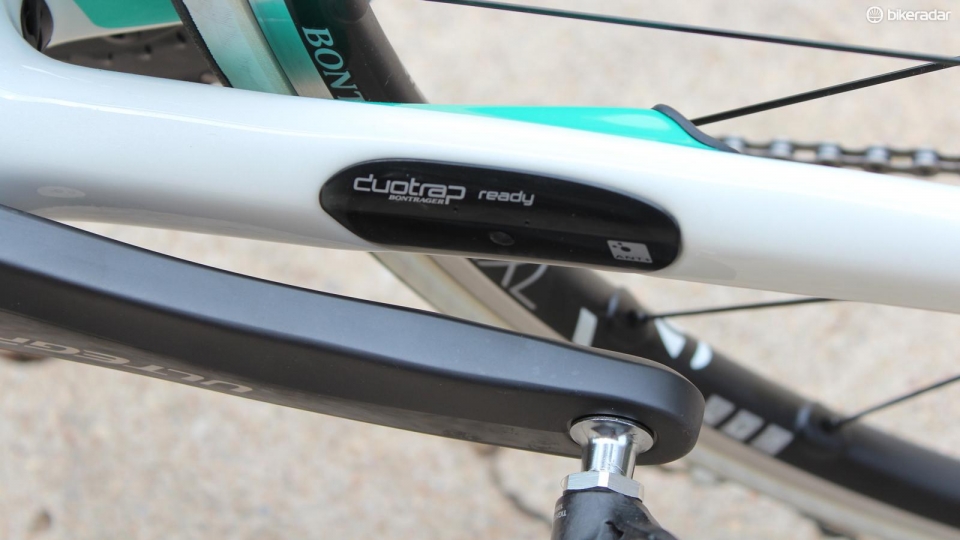
The integrated DuoTrap sensor can capture cadence and speed and transmit wirelessly to any ANT+ computer, such as a Garmin Edge
Kit-wise, the stock option of Bontrager's women's-specific Affinity RXL saddle proved the only bone of contention. That's no surprise – saddle choice is one of the most important and personal decisions when it comes to cycling. No two women are the same size and shape and no one saddle will fit us all.
While the Affinity RXL might work perfectly for some women – its shape and central relief channel make sense – I prefer a wider saddle equipped with a cut-out. Luckily, saddles are easy to swap and once the Bontrager was switched for a personal go-to perch, riding became much more comfortable.
Bottom line: a high-grade, versatile endurance machine
In endurance terms, Trek has nailed it with the Silque. It's smooth, stable, good-looking and built for a comfortable ride. The manufacturer may shy away from calling it an endurance machine, and you definitely don't need to ride long miles to appreciate its charms. But with the longer wheelbase, taller stack, and IsoSpeed Decoupler, describing it as anything else is misdirected marketing.
That doesn't mean that the Silque is a bad bike. Indeed, it's versatile and you can ride it with confidence in races, even if you can't get as low as on a race-specific machine.
Despite testing it from a background of racing familiarity, after changing the saddle and lowering the bars significantly, we enjoyed every mile on the Silque and would gladly keep riding it for many more.
Specification
Name: Silque SSL
Built by: Trek
Price: £4700/ US$6599 / AU$6999
Available Sizes: 47cm 50cm 52cm 54cm 56cm
Brakes: Shimano Ultegra
Cassette: Shimano Ultegra 11-28, 11 speed
Chain: Shimano UltegraCranks: Shimano Ultegra, 50/34
Frame Material: 600 Series OCLV Carbon
Front Derailleur: Shimano Ultegra Di2
Front Tyre: Bontrager R3 Hard-Case Lite, 700x25c
Handlebar: Bontrager Race X Lite IsoZone, OCLV carbon, VR-SF shallow drop, 31.8mm
Rear Derailleur: Shimano Ultegra Di2
Rear Tyre: Bontrager R3 Hard-Case Lite, 700x25c
Wheelset: Bontrager Race X Lite Tubeless Ready
Year: 2015
Brake Levers: Shimano Ultegra STI Di2, 11 speed
Chainstays (cm): 41
Seat Tube (cm): 52.1
Standover Height (cm): 79.3
Top Tube (cm): 55.5
Wheelbase (cm): 99.8
Frame size tested: 56cm